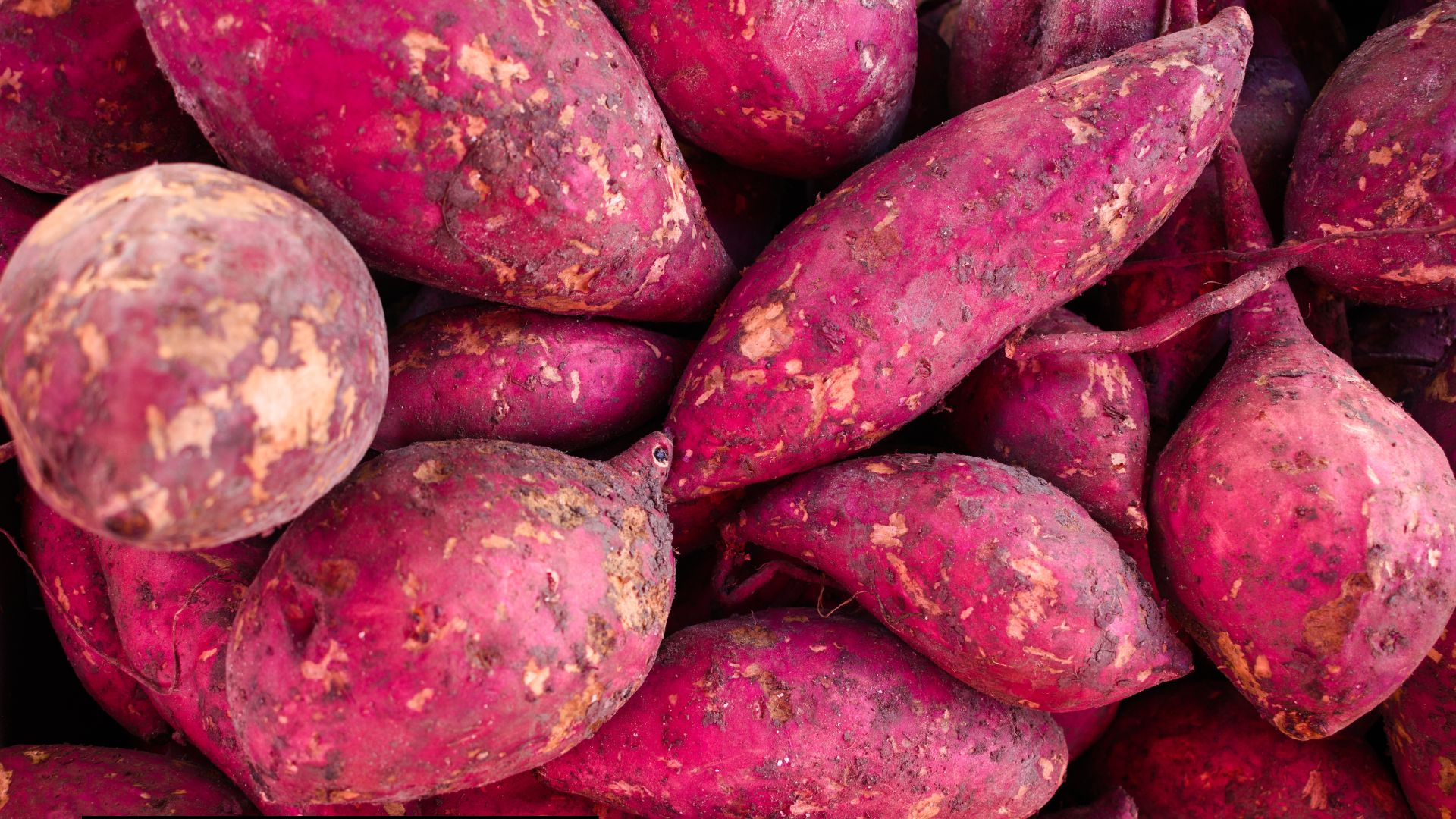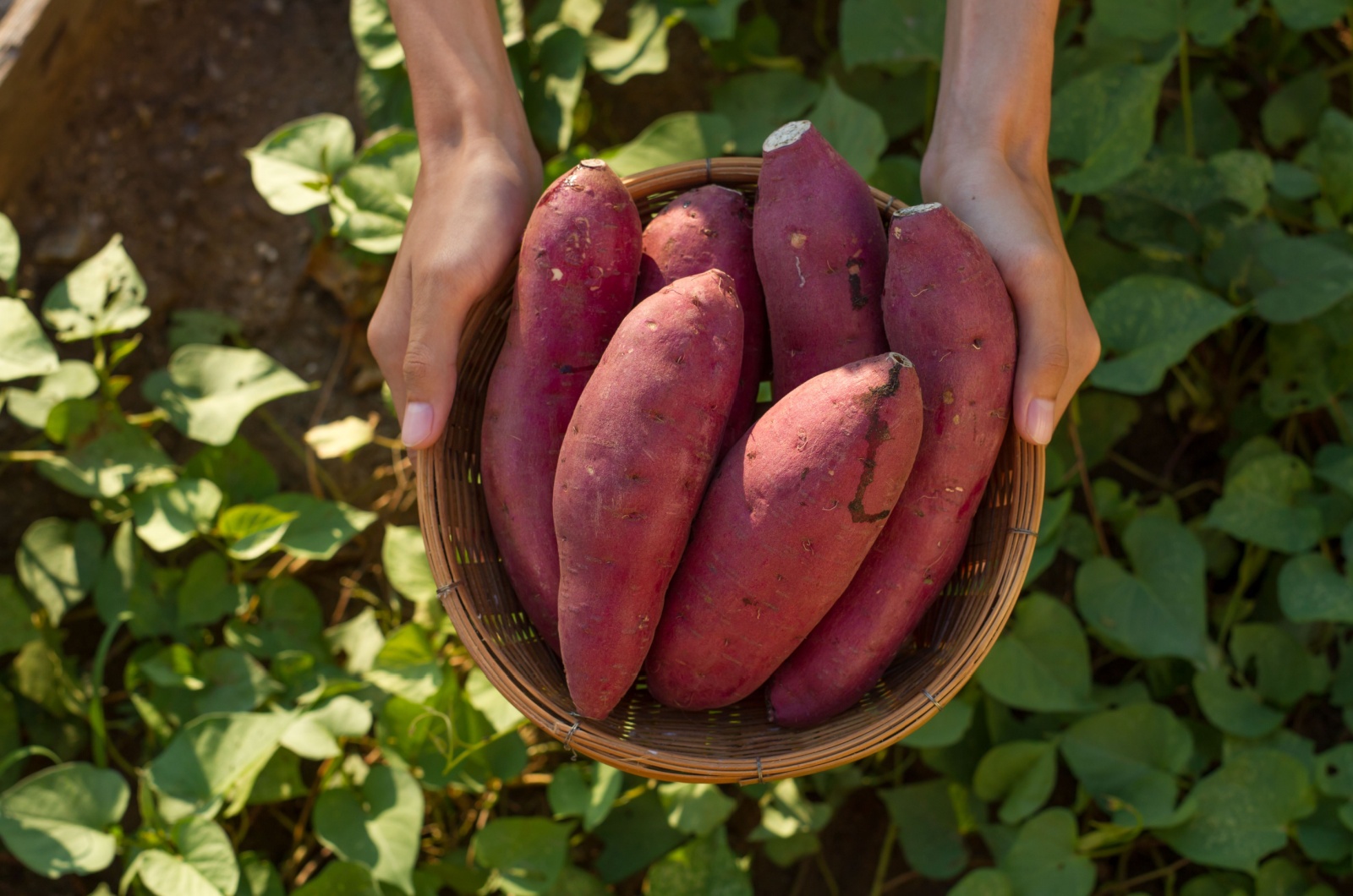Considering growing your own sweet potatoes, huh? Trust me, I’ve been there – dreaming of those delicious, homegrown tubers coming straight from the garden. But before you dive headfirst into sweet potato cultivation, let’s talk about the not-so-sweet side of things.
Picture this: you’re out in your garden, tending to your plants with love and care, and suddenly… bam! You encounter some unexpected challenges along the way. That’s right, growing sweet potatoes isn’t all sunshine and rainbows.
They have a knack for attracting all sorts of pests and fungi that can wreak havoc on your other plants. To make matters worse, they’re not shy about spreading viruses and bacterial diseases either.
So, the question remains: are they really worth the hassle?
Listen, I’m not here to sugarcoat things – by exploring the downsides, you’ll have a clearer picture to make an informed decision on whether you should grow sweet potatoes or not!
1. Lots Of Harmful Garden Pests Like To Munch On Some Sweet Potatoes
It’s no secret that sweet potatoes can be a magnet for pests, but here’s the kicker: once those critters get a taste of your potatoes, they’re not stopping there.
Oh no, they’re eyeing your entire veggie patch like it’s an all-you-can-eat buffet!
Aphids, whiteflies, wireworms, sweet potato weevils, and root-knot nematodes are just a few of the garden raiders that like to snack on root veggies. And when they attack, they can wreak havoc.
Don’t let those tiny insects discourage you from growing sweet potatoes! Many gardeners, including myself, have found success by using row covers and keeping our gardens clean.
Other helpful strategies are rotating your crops and using organic insecticides like diatomaceous earth when needed.
This might be useful: These 10 Pest-Repellent Plants Will Keep Bugs Away From Your Yard
2. Fungi Are Also Huge Fans
Fungi can be a real headache in the garden, especially when they decide to target sweet potatoes and nearby plants.
Fungal diseases like Fusarium wilt, root rot, and powdery mildew can sneak in, spread, and cause stunted growth of your veggies. Companion plants can also fall victim to fungal infections, leading to a domino effect of crop damage.
Just imagine, you see your veggies happy and thriving… and all of a sudden they all start to wilt and turn yellow. If this happens, then fungi are most likely to blame.
You know, fungi are tough cookies – once they get in, it’s hard to get rid of them.
I decided to go for disease resistant sweet potato varieties, like Vermilion or Orlean. But simple soil amendments and good air circulation can significantly reduce risk of fungal disease, especially if you also avoid overhead watering.
Applying fungicides or organic remedies like neem oil can also help keep these annoyances away.
With this proactive approach, you can ensure that your sweet potatoes are not the fungi’s target!
Related: Top Tips For How And When To Harvest Sweet Potatoes
3. Sweet Potato Virus Disease Is No Joke
Sweet potato viruses are a serious threat to sweet potato crops worldwide, causing major losses for so many gardeners out there.
First up, there’s SPVD, also known as sweet potato virus disease. This sneaky virus messes with our sweet potatoes, causing all sorts of trouble like leaf distortion and stunted growth. Not cool, SPVD, not cool.
Then there’s SPFMV, or sweet potato feathery mottle virus. Your sweet potatoes might end up looking all feathery and mottled – not exactly the Instagram-worthy garden you were aiming for, right?
Last but not least, we’ve got SPCSV, commonly called sweet potato chlorotic stunt virus. This one’s like the killjoy of the group, stunting growth and turning our sweet potato dreams into a bit of a nightmare.
No worries, as we are fighting back with resistant varieties, good practices, and maybe a little extra love for our sweet spuds.
Growing sweet potatoes in your garden might not always be a walk in the park, but hey, what in life is?
Sure, we’ve got pests, fungi, and viruses knocking at our garden gates, but isn’t that just part of the adventure?
As for me, I see it as a challenge worth taking on – a chance to flex my gardening muscles, get creative with solutions, and maybe even learn a thing or two along the way.
Trust me, when those sweet potatoes finally land on my garden plate, every bit of effort feels completely worthwhile!
Also read: Here’s How To Grow 100 Pounds Of Sweet Potatoes From 1 Sweet Potato



